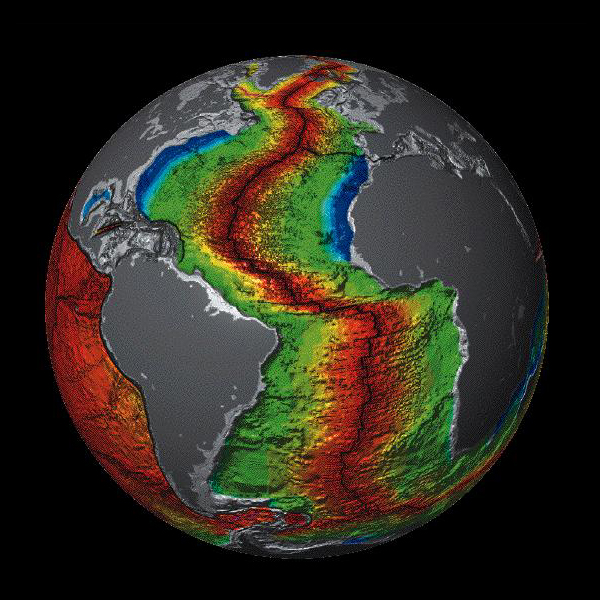Plate Tectonics

Earth seafloor crust (NOAA, Wikimedia Commons)

Earth seafloor crust (NOAA, Wikimedia Commons)
7.12
How does this align with my curriculum?
Curriculum Alignment
BC
8
Science Grade 8 (June 2016)
Big Idea: The theory of plate tectonics is the unifying theory that explains Earth’s geological processes.
BC
11
Earth Sciences 11 (June 2018
Big Idea: Plate Tectonic Theory explains the consequences of tectonic plate interactions.
BC
12
Geology 12 (June 2018)
Big Idea: The plate tectonic theory explains the changes that occur within Earth and to Earth’s crust throughout geological time.
YT
11
Earth Sciences 11 (British Columbia, June 2018
Big Idea: Plate Tectonic Theory explains the consequences of tectonic plate interactions.
YT
12
Geology 12 (British Columbia, June 2018)
Big Idea: The plate tectonic theory explains the changes that occur within Earth and to Earth’s crust throughout geological time.
